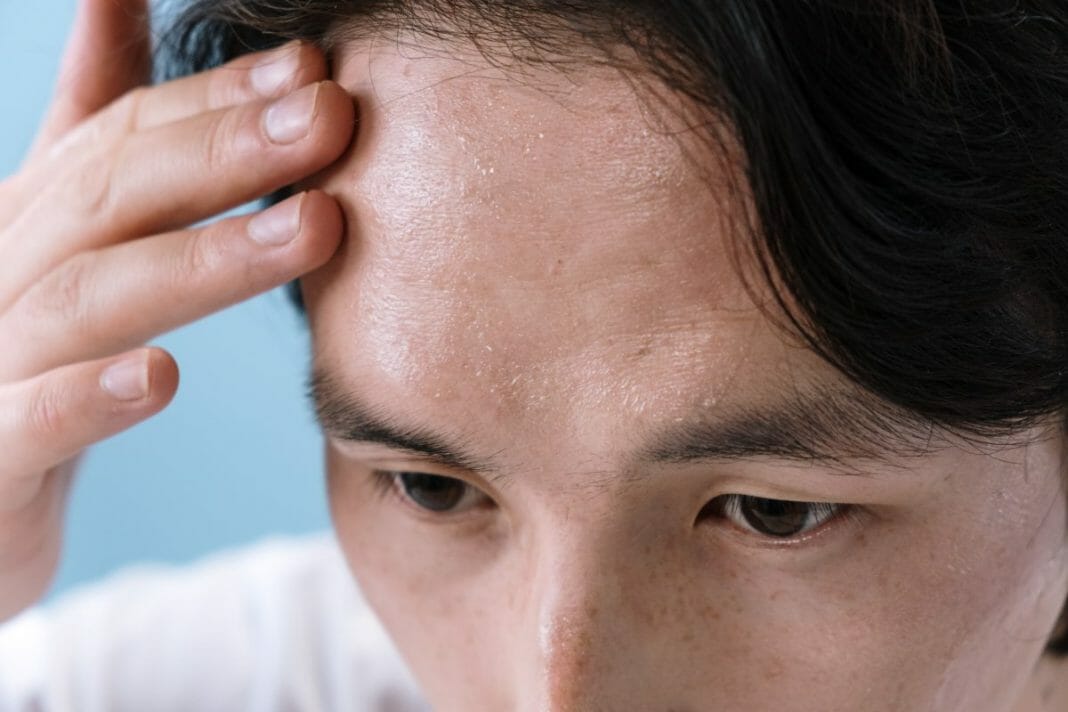Estrogen is a hormone that impacts energy levels, sexual activity, moods, and bone health in women. Lower estrogen levels could mean you’re not getting enough from your diet or daily supplements. It could mean that you’re not eating enough protein or calcium-rich foods or that there is a problem with your thyroid function. There are many symptoms of low estrogen levels, but they are all easily curable with a small change in diet and lifestyle. Here are the symptoms of low estrogen levels.
1. Low Energy Levels
The most common symptom of low estrogen levels is fatigue and low energy. You may get tired at random times during the day, especially around 3-5 pm. This could be due to fluctuations in your insulin levels or perhaps difficulty sleeping at night because of higher cortisol and adrenaline levels. Low energy levels can lead you to poor food choices, which are ultimately made to regain energy levels.
2. Low Libido
One of the biggest symptoms of low estrogen levels is a lack of sexual desire and even sexual activity. Low levels of estrogen could cause a low sex drive due to pituitary gland issues, thyroid problems, or hormone imbalances as a result of eating a poor diet. Low libido and a lack of sexual activity can lead to anxiety and depression. This affects your mental health and well-being, which can negatively affect your physical health.
3. Mood Swings and Anxiety
It could be due to low estrogen levels if you feel out of control and like you’re unable to deal with your emotions. With lower estrogen levels, it is much more difficult for the body to maintain a balanced state of emotions. This can lead to feelings of anxiety and even mood swings if your stress levels are high, leading to an excess of cortisol which interferes with your thyroid function.
Poor Bone Health
Low estrogen levels cause osteoporosis and osteopenia. It could be due to low estrogen levels if you lose bone mass. Low estrogen levels can also lead to changes in your calcium balance and the development of calcium deposits in the bone marrow.
Difficulty Sleeping
Many women with low estrogen levels report difficulty sleeping at night. It’s often hard for them to fall asleep, leading to a lack of energy throughout the day. Nightmares and insomnia are both symptoms of low estrogen levels. This can also lead to your body losing muscle mass, which leads to other symptoms.
Weight Gain or Difficulty Losing Weight
Losing weight is often a symptom of low estrogen levels. It could be due to low estrogen levels if you find yourself gaining weight or having a difficult time losing weight. Estrogen is an appetite suppressant, meaning if your levels are low, you’ll feel hungry more often and have difficulty staying satiated after meals.
Overly Dense Skin
Women with low estrogen levels often find that they have excess facial and body hair. Such overgrown facial and body hair can be a sign of low estrogen levels, which may result from hormone imbalances or eating a poor diet. With lower estrogen levels, it is much more difficult to produce the necessary amount of estrogen in the body. The increased testosterone produced by an underactive thyroid can cause too much facial and body hair.
Conclusion
When you think about the symptoms of low estrogen, you need to consider your lifestyle choices. If you find that several of these symptoms continue to plague you, it’s time to do some investigating and investigate further.
Many symptoms of low estrogen levels can be easily diagnosed with a small change in diet and lifestyle, so take the time to learn more today and make a positive change for tomorrow. A hormone testing kit can help you determine estrogen levels, so don’t forget to give it a go if you wish to find more answers from the comfort of your home. If you’re thinking about hormone replacement therapy, research and read the package insert of your pills or cream to ensure it’s right
